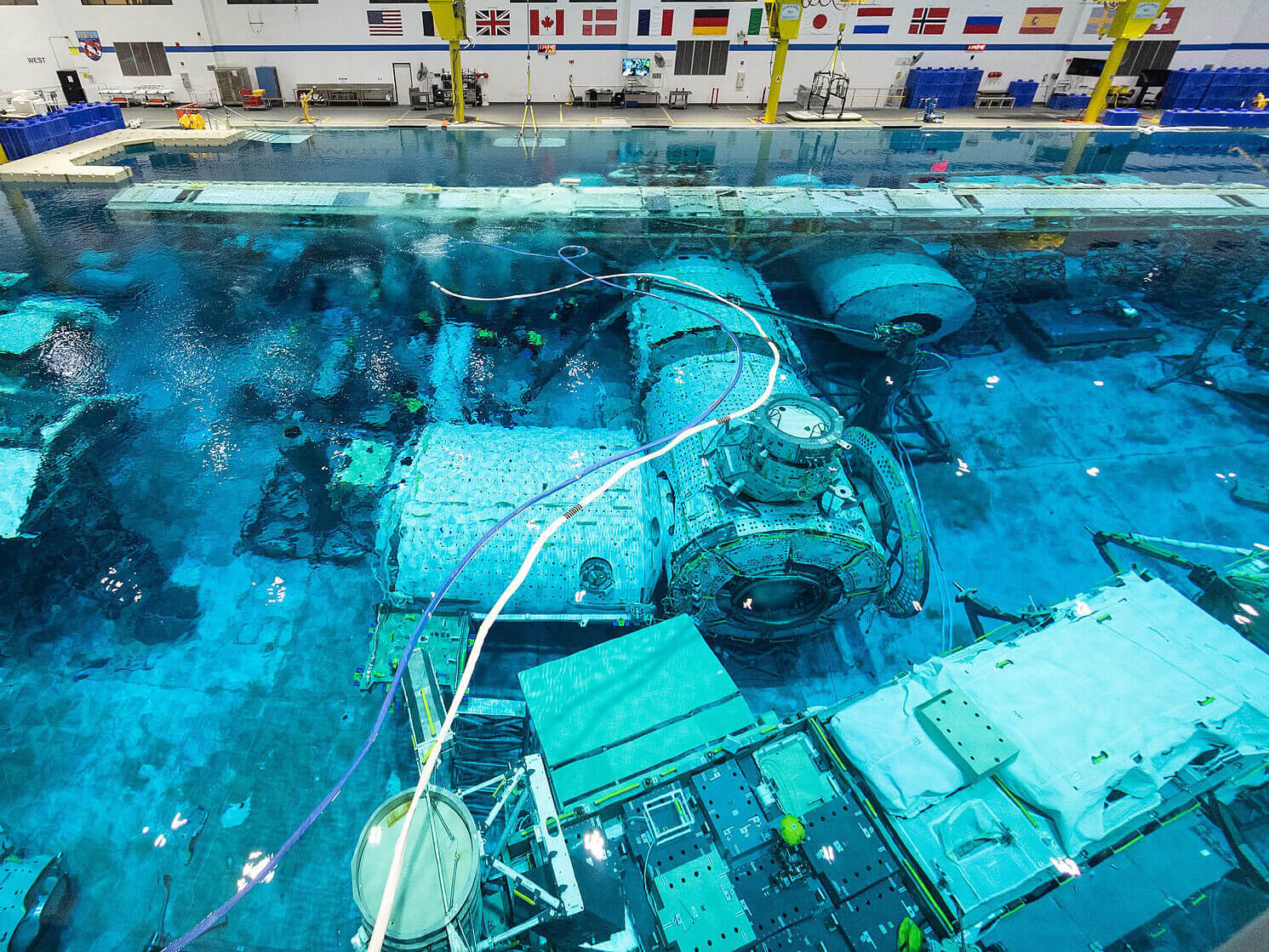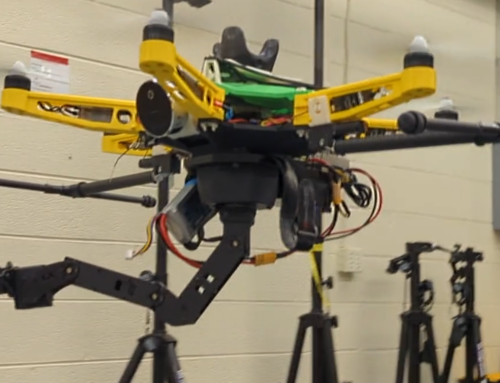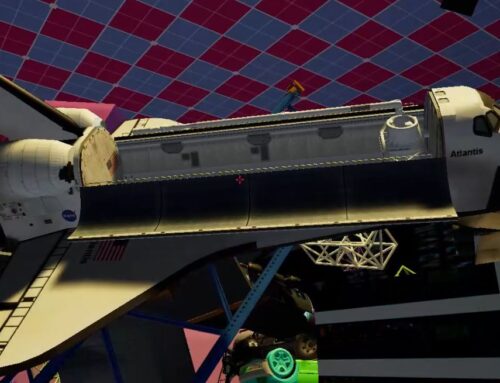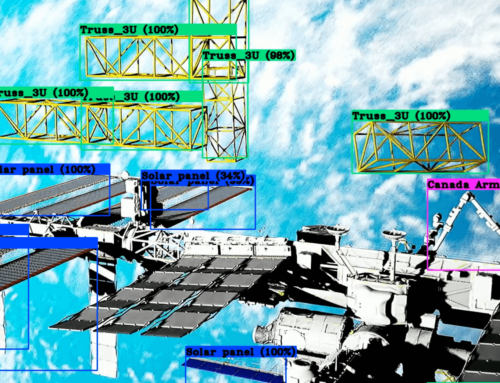Space Simulation Overview: Leading Developments towards using Multi-Rotors to Simulate Space Vehicle Dynamics
Abstract
Throughout the past several decades, due to the high cost of conducting experiments in space ,technologies have been developed to allow for the simulation of different aspects of the space environment on Earth. Starting with aspects that did not revolve around weightlessness, such as vacuum and radiation, technologies advanced to allow for the accurate simulation of space on Earth to study how a satellite or a spaceship and its crew may respond to space. However, due to technological limitations at the time space simulators began development, these simulators lacked the ability to simulate a weightless environment. In more recent decades however, technology has advanced to a point that may allow for the simulation of the weightlessness bodies experience in space in both a cost-effective and long-term (defined as time-frames greater than one minute for the purposes of this paper) manner. Advancements in multi-rotor technology may now allow for accurate three-dimensional simulations of the behavior of bodies in weightless environments.
Findings
It was observed that throughout the course of the development of technologies to simulate the space environment there are two types of simulators: those that seek to recreate the conditions of space spacecraft experiences, and those that simulate the weightlessness experienced off-world. In all the simulators researched, there existed no way to simulate both weightlessness and the space environment for extended periods of time (greater than one minute). Primarily due to technological limitations at the time many simulators were developed, development in zero-g simulations was limited to either long-term, two-dimensional simulations such as those apparent in air-bearing floors, or short-term (one minute or less), three-dimensional simulations. However, recent technological developments have reached a point where it may now be possible to combine the weightlessness simulation efficacy of an Omnidrone with the environmental simulation capabilities of a space environment simulator. Future research should place a great emphasis on studying ways to close the division and develop a new generation of space environment simulators that can successfully simulate space vehicle dynamics in an accurate recreation of the space environment in a long term manner.







